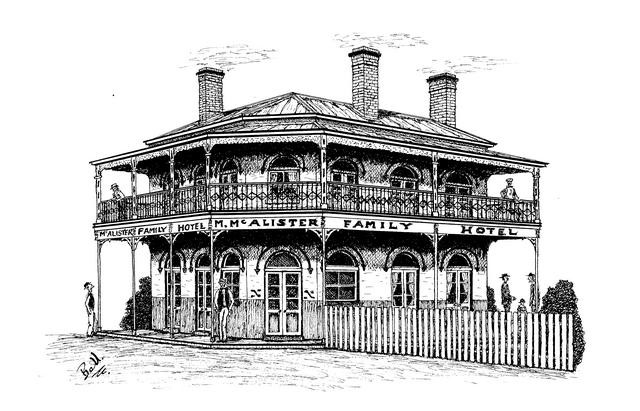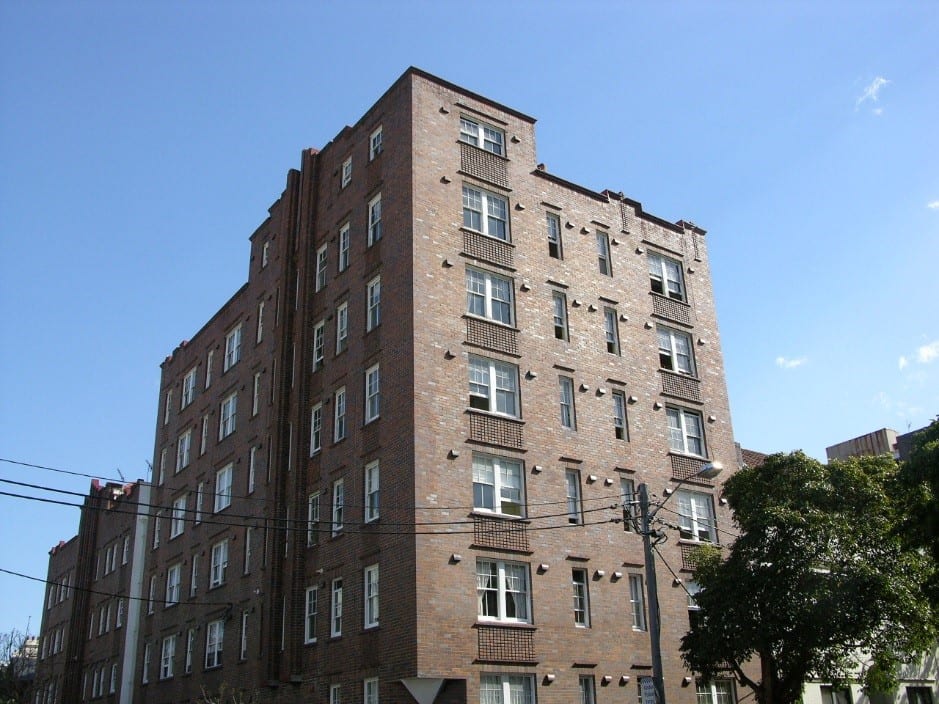Professional Associations
I have always believed that a contributory item in a conservation area is stronger form of heritage listing than individual listings. The reason is that in conservation areas, one needs to have regard to the characteristics of the whole area as opposed to a self-referential individual listing.
Many of our cities, towns and villages contain areas of architectural or historic interest which have a particular character considered worthy of conservation. Buildings within these areas vary in age and style and reflect important eras in our architectural, economic and social history – for example, the; the Victorian legacy of industrial growth – factories, mills, warehouses, banks, offices and department stores; the post-war era of new towns and suburban expansion, as well as a profusion of architectural styles, for example, Colonial, Victorian, Federation and Modern and even Brutalist. The combination of built heritage and historic street patterns and spaces has helped to create a rich tapestry of settlements which are both rewarding to the eye and abounding in character. 
Planning authorities designate areas of special architectural or historic interest as Conservation Areas. Many contain ‘listed’ buildings, buildings of special architectural or historic interest, which enjoy special legal protection and add value to the character and appearance of the conservation areas. Councils and the Heritage Office attach great importance to the preservation of the existing character and appearance of such areas and to the promotion of their economic well-being. Existing conservation areas may also be reviewed periodically and, if necessary, adjustments made to boundaries. A series of Conservation Area maps showing the extent of the Conservation Area and providing useful information about its history and development, are usually available on Council websites. The DCPs set out design guidance for property owners and architects intending to submit DAs.
While our townscape and landscape will continue to change in response to the needs of society, the planning system aims to resolve any conflict between conservation and development in order to secure mutual benefit as well as to prevent development that is detrimental to our heritage. The key policy considerations taken into account by Councils when assessing development proposals within Conservation Areas are set out in LEPs and DCPs. These policies seek to ensure that the character of our conservation areas is not eroded. Other material considerations such as the planning history and views of third parties and Councils also need to be taken into account. All planning policy statements can be viewed on Council websites. 
New development need not be viewed as a threat to the conservation area but rather as an opportunity to enhance its character and appearance. However, when considering applications for new development, including applications for alterations to and changes of use of buildings, consent to demolish and consent to display signage etc., Councils must pay special attention to the desirability of conserving or enhancing the character and appearance of the conservation area. Proposals which would conflict with this duty are unlikely to be approved, although, in exceptional cases, it may be necessary to allow development which is desirable in the public interest. It is important to emphasise that Conservation Area designation also enables the Councils to exercise particular control over demolition, trees, signage, new construction including its size, character, materials, form and bulk and the manner in which new construction joins on to existing buildings.
Paul Rappoport – Heritage 21
6 December 2017
Reference:
1. Conservation Areas in Northern Ireland – Divisional Planning Offices – https://www.planningni.gov.uk/index/advice/advice_leaflets/do1_10_126763__conservation_areas_information_leaflet_15-2.pdf – accessed 6 December 2017.
2. www.google.com.au/search?q=conservation+areas+sketch&source=lnms&tbm=isch&sa=X&ved=0ahUKEwiuz5Clp_TXAhXFi5QKHcvwDS4Q_AUICigB&biw=960&bih=487#imgrc=z3iGoPT6lxIrMM – accessed 6 December 2017
Related Articles

The Necessity to Prepare Heritage Lists
Heritage inventories inform authorities, scholars, and the public of essential information about heritage resources including their size, location, and significance.
Read more
Interwar Buildings Becoming Rare
Who would ever have thought that these liver brick medium density walk-ups would eventually become heritage listed?
Read more
One Heritage List for all of Australia
How good would that be? One single heritage list for the entire nation - not the 30 or 40 separate…
Read more
Heritage Listings in NSW
Recently, I have been thinking about how we can improve our heritage listing processes in NSW
Read more

Need help getting started?
Check out our guides.

Complete the form below to contact us today.









